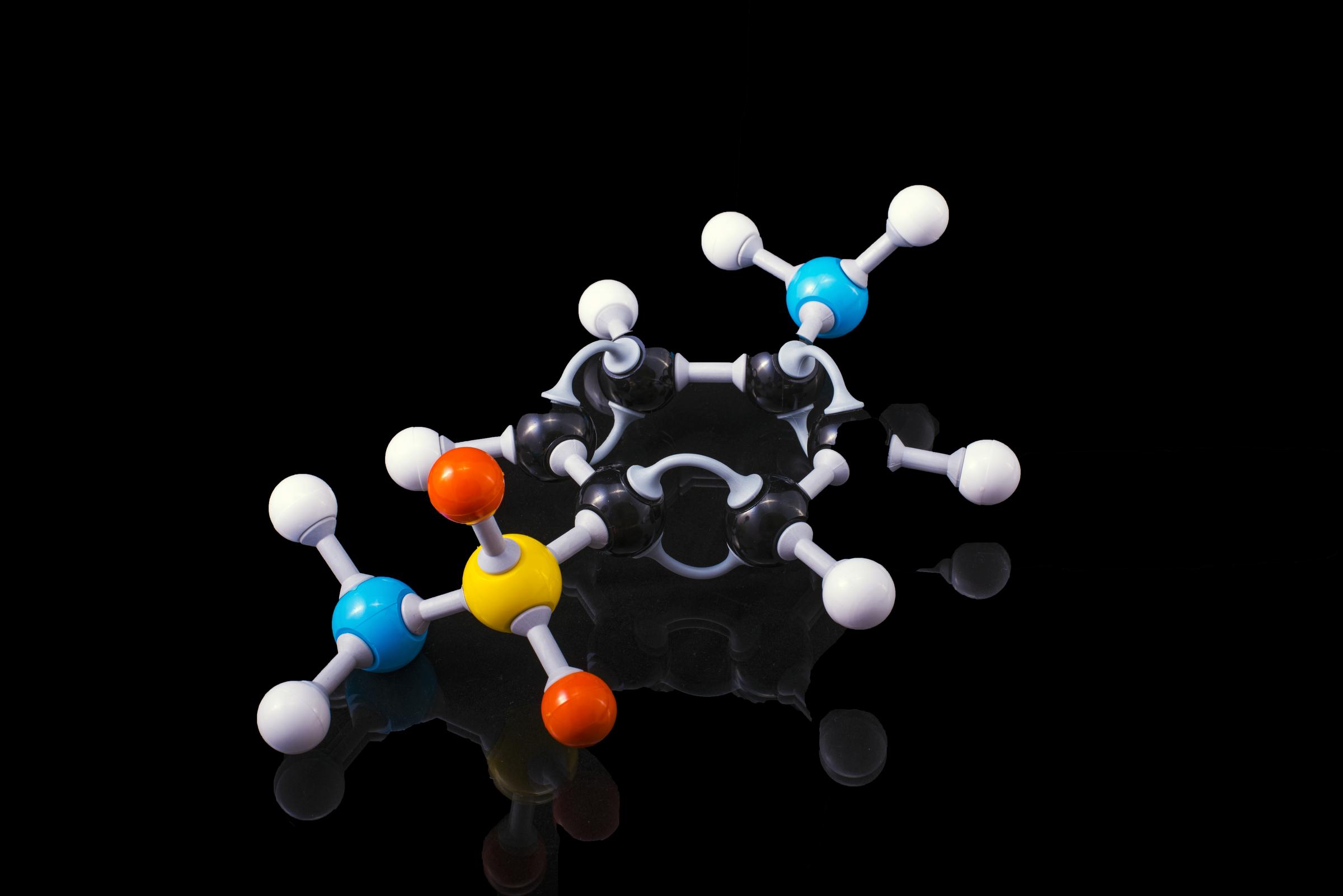Chemistry

Purpose and Structure
Chemistry explains the composition and behaviour of matter and the chemical processes that occur in the physical universe. Chemical models and theories are used to describe and explain known chemical reactions and processes. Chemistry underpins the production and development of energy, the maintenance of clean air and water, the production of food, medicines and new materials, and the treatment of waste. An important feature of undertaking VCE Chemistry is the opportunity for students to engage in a range of inquiry tasks, develop key science skills and interrogate the links between theory, knowledge and practice. As well as an increased understanding of scientific processes, students develop capacities that enable them to critically assess the strengths and limitations of science, and gain awareness of ethical, social and political contexts of scientific endeavours.
Unit 1: How can the diversity of materials be explained?
In this unit students investigate the chemical properties of a range of materials from metals and ionic compounds to polymers. Using their knowledge of the elements and atomic structure students explore and explain the relationships between properties, structure, and bonding forces within and between particles that vary in size from the visible, through nanoparticles, to molecules and atoms. Students examine the modification of metals, formation of ionic crystals and investigate a range of non-metallic substances. Students are introduced to quantitative concepts in chemistry including the mole concept.
They consider how manufacturing innovations lead to more sustainable products being produced for society using renewable materials and transitioning towards a circular economy. Students conduct investigations involving the reactivity series of metals, separation of mixtures by chromatography, use of precipitations reactions to identify and quantify materials, and synthesise polymers. Students research sustainable practices, and ways to sustainably modify raw materials, whilst incorporating traditional knowledge from sustainable practices used by Aboriginal and Torres Strait Islander peoples.
Unit 2: How do chemical reactions shape the natural world?
In this unit students explore the physical and chemical properties of water; a substance society is dependent upon. They investigate reactions that occur in water and various methods of water analysis. In this context, students investigate solubility, concentration, pH and reactions in water including precipitation, acid-base and redox. Students are introduced to stoichiometry and to analytical techniques and instrumental procedures and apply these to determine concentrations of different species in water samples, including chemical contaminants.
Students adapt and design scientific investigations involving the generation of primary data relating to the production of gases, acid-base, redox reactions or the analysis of substances within water. Students gain an understanding of analysing and interpreting data to reach a conclusion based on their research question.
Unit 3: How can design and innovation help optimise chemical processes?
In this unit students investigate the chemical production of energy and materials. In reference to the world demand and increasing populations they explore innovations, efficiencies, renewability, sustainability principles and the minimisation of their impact on the environment. Students compare and evaluate different chemical energy resources, including fossil fuels, biofuels, galvanic cells, fuel cells, rechargeable cells and electrolytic cells. They evaluate their suitability for supplying society’s need for energy and materials. They investigate the combustion of fuels, including the energy transformations involved, the use of stoichiometry to calculate the amounts of reactants and products involved in the reactions, and calculations of the amounts of energy released and their representations. Students investigate how a rate of reaction can be controlled and how chemical processes can be manipulated to alter their reaction rate and yield.
Unit 4: How are carbon-based compounds designed for purpose?
In this unit students investigate the structural features, bonding, typical reactions and uses of the major families of carbon-based organic compounds. Students consider how green chemistry principles are applied in the production of synthetic organic compounds. Students study the ways in which organic structures are represented and named. Students study the metabolism of food and the action of medicines within the human body. They process data from instrumental analyses of organic compounds to confirm or deduce organic structures. Practical investigations are related to the synthesis and analysis of organic compounds, involving reaction pathways, identification of functional groups, direct redox volumetric analysis, solvent extraction, and distillations.
A student designed scientific investigation is performed involving the generation of primary data related to the production of energy, chemicals, analysis or synthesis of organic compounds in either Unit 3 or Unit 4. The investigation is presented in the form of a scientific poster.
